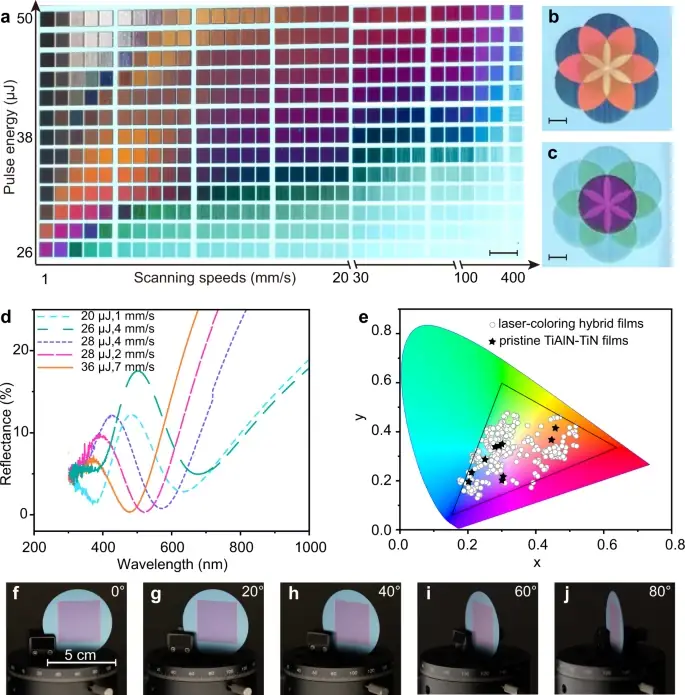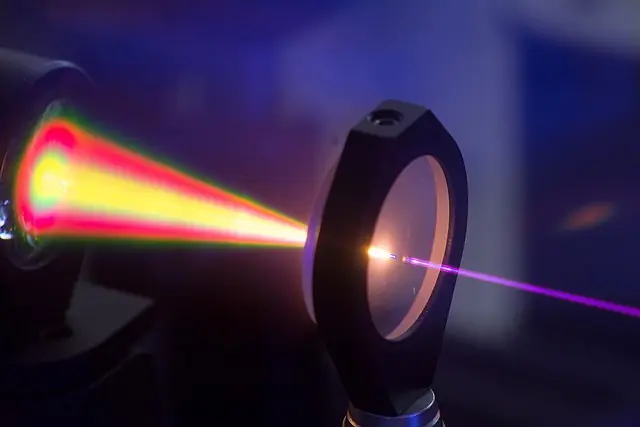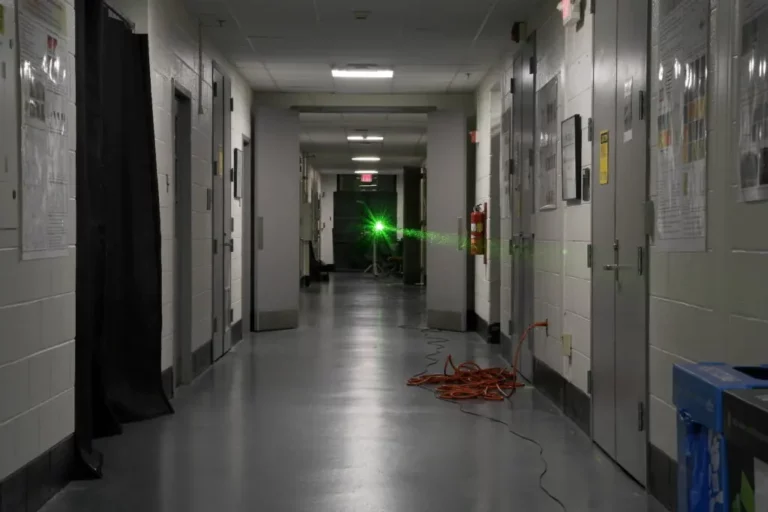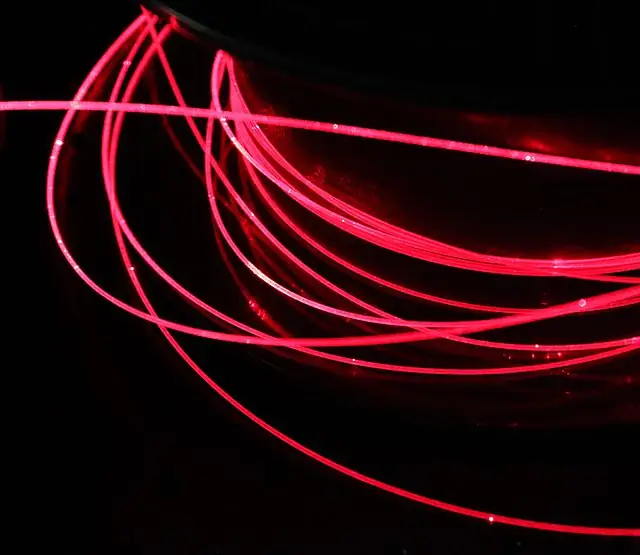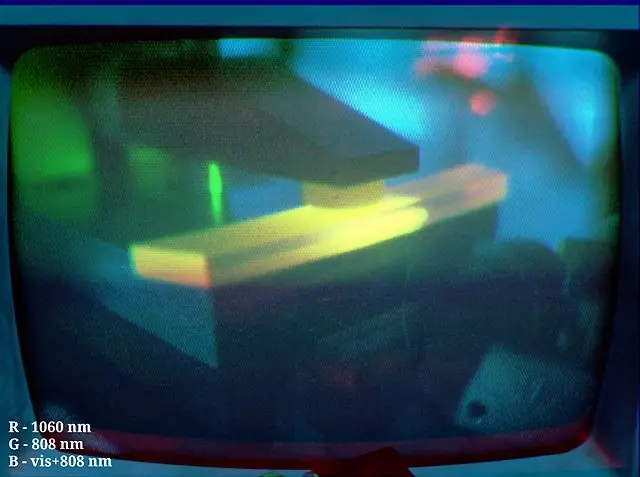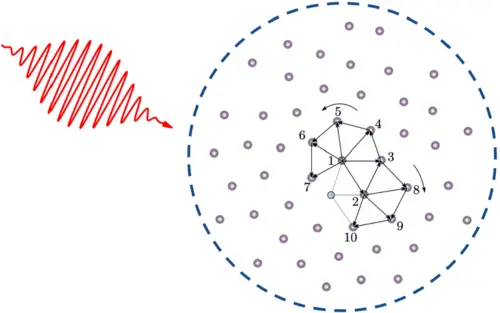First Watt-Level Self Frequency Doubling (SFD) Laser at 540nm with Nd:LCB Crystal Utilizing Energy Level Splitting
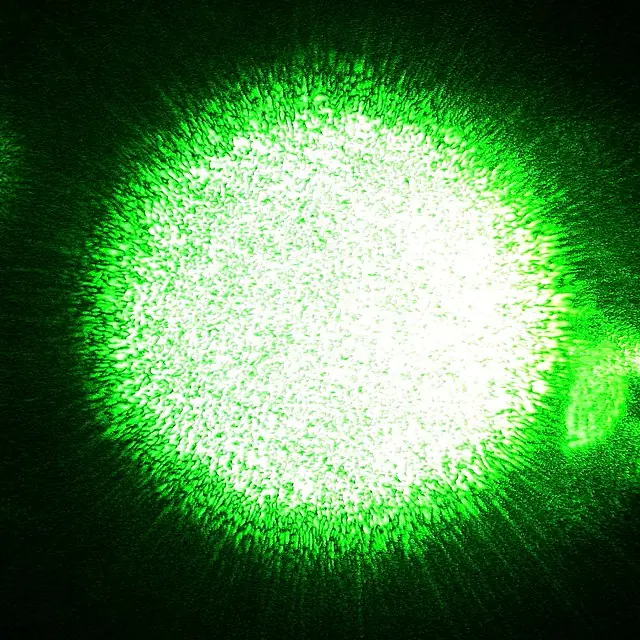
A team of researchers have achieved a maximum of 1.7 W at 540nm using a self-frequency-doubling green laser in Nd3+-doped La2CaB10O19 (Nd:LCB) crystal by utilizing the energy level splitting of Nd3+ ions. Self-frequency-doubling (SFD) crystals are a key material in the manufacturing of miniature lasers due to their ability to emit laser light and perform nonlinear optical (NLO) conversion. The first SFD laser was demonstrated in 1969, with the use of Tm3+ doped LiNbO3 crystal. Since then, much research has been conducted to produce visible lasers, especially the green laser, which has various applications such as in color displays, high-density optical data storage, and undersea communication. Currently, the only commercial SFD crystal is Nd:GdCOB.
Recently, La2CaB10O19 (LCB) has been attracting attention as a new NLO crystal. LCB contains a unique double-layer structure composed of B5O12 groups and has a large NLO coefficient, high laser damage threshold, and superior non-hygroscopicity. The effective nonlinear coefficient of LCB in the main plane is twice that of GdCOB, making LCB a more efficient material for the main plane in NLO applications. LCB also has a higher laser damage threshold and thermal conductivity compared to GdCOB. Additionally, the thermal expansion coefficients and their anisotropy of LCB are lower than that of GdCOB, which is beneficial for crystal growth and high-power SFD laser output.
Nd3+-doped LCB (Nd:LCB) has been the subject of many studies, including its spectroscopic characteristics. In 2009, the first SFD laser at 525.5 nm was demonstrated in an 8% Nd3+-doped LCB crystal, but with only 100 mW output power. The low output power was partly due to the intrinsic absorption of Nd3+ ions at 523 nm, which absorbed the SFD laser from 1051 nm to 525.5 nm. Subsequent studies found that two inequivalent Nd3+ centers in the La3+ and Ca2+ positions are responsible for the SFD lasers at 525 nm and 533 nm, respectively. As a result, an 801 mW SFD laser at 533 nm was generated in a 10% Nd:LCB crystal by exciting the Nd3+ ions in the Ca2+ positions to avoid the self-absorption peak of Nd3+ ions.
Recently, it was discovered that the fundamental frequency lasers at different wavelengths can be realized by changing the pump power due to the energy level splitting of Nd3+ ions resulting from variations in temperature. This energy level splitting allows for the SFD laser of the fundamental frequency light at 1080 nm to effectively avoid the self-absorption of Nd3+ ions at 523 nm, which provides a solution to improve the output power of SFD green laser. In this work, the authors optimized the Nd:LCB lasers and realized a 1.7 W SFD laser at 540 nm, which is the frequency-doubling of the laser at 1080 nm. This is the first time that a watt-level SFD laser has been achieved in Nd:LCB crystal.
In conclusion, the authors have demonstrated the output power improvement of a SFD green laser in Nd:LCB crystal. By taking advantage of the energy level splitting of Nd3+ ions, the authors were able to realize a 1.7 W SFD green laser at the wavelength of 540 nm, which avoids the intrinsic absorption of Nd3+ ions. This work not only develops a promising SFD laser crystal, but also provides

